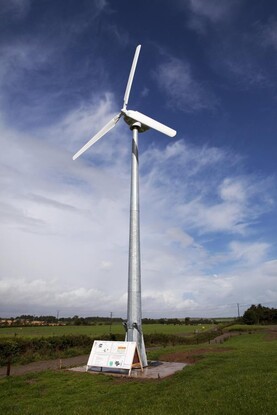The average payment to farmers under the original Rural Environmental Protection Scheme (REPS) was €5,700 per year in its 15-year lifespan.
Farmer interest in agri-environmental schemes has tracked closely with the payment on offer, Department of Agriculture figures seen by the Irish Farmers Journal show.
First introduced in 1994, the payment under REPS slowly increased over time, drawing more farmers into the scheme. However, pressure on the Government’s finances in the wake of the economic crash saw REPS ambition, and its budget, tapered.
REPS payments peaked at close to an average of €6,500 in the mid-2000s but payments were almost halved in the scheme that succeeded it.
REPS closed for applications for the last time in 2007 and was replaced by the Agri-Environment Options Scheme (AEOS). This was a more limited scheme that ran for five years. The low uptake coincided with farmers receiving the lowest average payment of less than €3,500.
The arrival of the Green Low-carbon Agri-environmental Scheme (GLAS) in 2015 signalled a turning point as farmer participation passed the 50,000 mark for the first time in almost a decade.
However, the average payment was more limited than in any of the previous four REPS, at just €4,100 per year.
This has fed into farmer frustration with the scheme and is a likely part of the reason why a return to the REPS-type schemes of old is widely sought.
Next scheme
The next scheme to be added to the list will be the upcoming results-based pilot and much of its success could be determined by the payment on offer.
Read more
Minister tight-lipped on pilot REPS scheme details
What measures farm organisations want in the new REPS
The average payment to farmers under the original Rural Environmental Protection Scheme (REPS) was €5,700 per year in its 15-year lifespan.
Farmer interest in agri-environmental schemes has tracked closely with the payment on offer, Department of Agriculture figures seen by the Irish Farmers Journal show.
First introduced in 1994, the payment under REPS slowly increased over time, drawing more farmers into the scheme. However, pressure on the Government’s finances in the wake of the economic crash saw REPS ambition, and its budget, tapered.
REPS payments peaked at close to an average of €6,500 in the mid-2000s but payments were almost halved in the scheme that succeeded it.
REPS closed for applications for the last time in 2007 and was replaced by the Agri-Environment Options Scheme (AEOS). This was a more limited scheme that ran for five years. The low uptake coincided with farmers receiving the lowest average payment of less than €3,500.
The arrival of the Green Low-carbon Agri-environmental Scheme (GLAS) in 2015 signalled a turning point as farmer participation passed the 50,000 mark for the first time in almost a decade.
However, the average payment was more limited than in any of the previous four REPS, at just €4,100 per year.
This has fed into farmer frustration with the scheme and is a likely part of the reason why a return to the REPS-type schemes of old is widely sought.
Next scheme
The next scheme to be added to the list will be the upcoming results-based pilot and much of its success could be determined by the payment on offer.
Read more
Minister tight-lipped on pilot REPS scheme details
What measures farm organisations want in the new REPS






 This is a subscriber-only article
This is a subscriber-only article










SHARING OPTIONS: